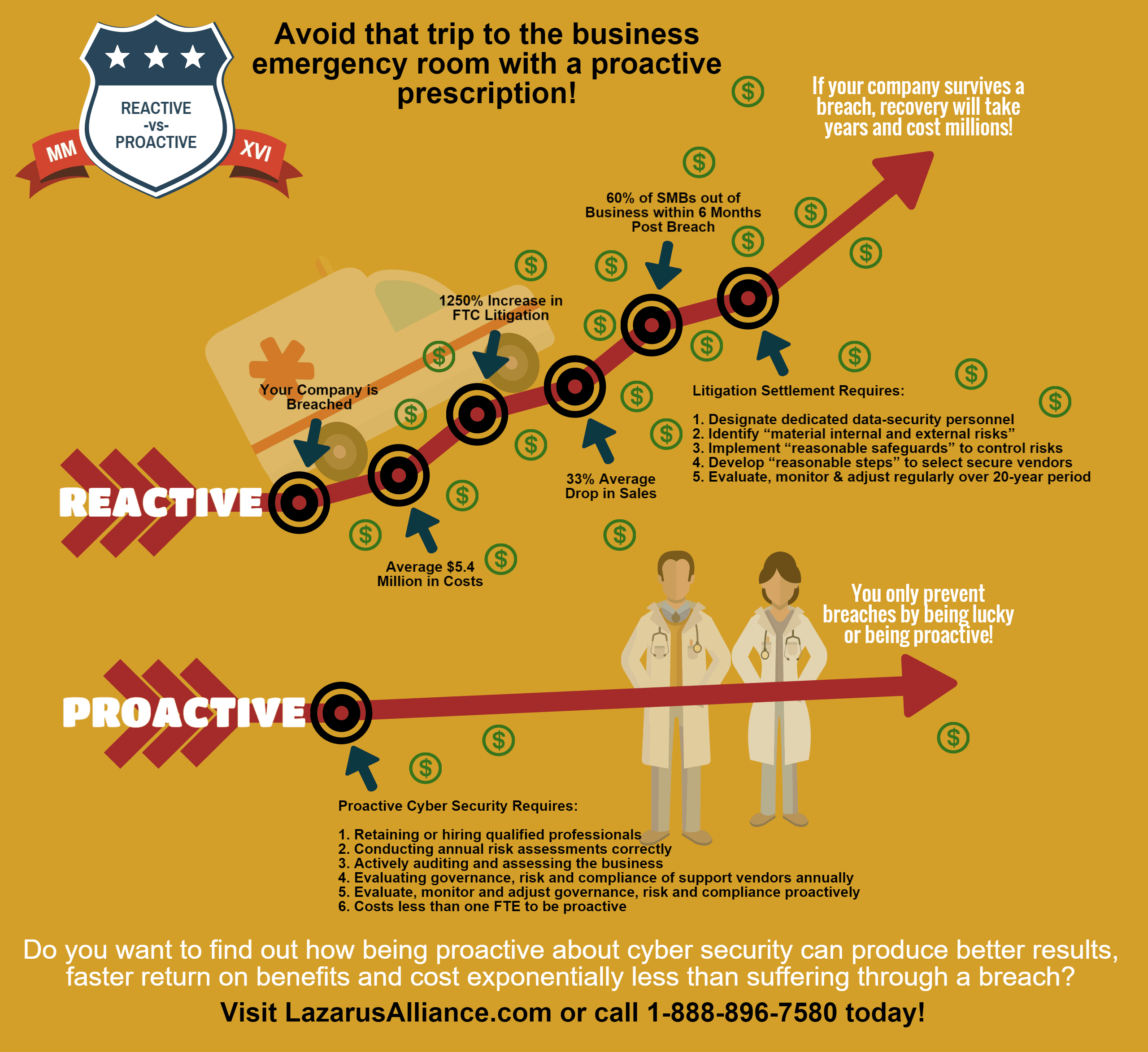Lazarus Alliance unveils the next generation of cyber-crime prevention for healthcare HIPAA regulations.
Lazarus Alliance released the next generation antidote to fight cyber crime, compliance failures, corporate fraud and criminal cyber-misconduct with the IT Audit Machine (ITAM).

Considered to be the best assessment tool for governance, risk and compliance (GRC) in the global business community, this next generation of ITAM ups the ante by managing big data and frameworks with virtually endless possibilities. These new enterprise capabilities coupled with the already powerful analytic and logic features are a technological force to be reckoned with.
Michael Peters, CEO of Lazarus Alliance said “The IT Audit Machine HIPAA regulations and compliance assessment modules are just one of the many innovations from Lazarus Alliance that really sets us apart from other cyberspace Security, governance, risk and compliance firms.”
Gone are the days where audits, assessments and compliance work was overshadowed by endless spreadsheets, version control madness, escalating costs and audit anarchy. The IT Audit Machine puts the power of technology, collaboration and simplicity to work for the entire enterprise and does it in a progressive, proactive way.
Cyber-crime prevention is of paramount concern to organizations of all sizes, all industries and on all parts of the world. Lazarus Alliance put its extensive experience in cybercrime and fraud prevention in the governance, risk and compliance (GRC) spaces to work for the global business community.
“Healthcare providers globally are under increasing attack by cyber criminals. These criminal acts could have been prevented through a proactive cybersecurity position. Lazarus Alliance is proactive cybersecurity with our HIPAA compliance and assessment automation modules.” said Peters.
Lazarus Alliance’s primary purpose is to help organizations attain, maintain, and demonstrate compliance and information security excellence, in any jurisdiction. Lazarus Alliance specializes in IT security, risk, privacy, governance, cyberspace law and compliance leadership solutions and is fully dedicated to global success in these disciplines.
Learn more about Lazarus Alliance and why Lazarus Alliance is Proactive Cybersecurity™!


